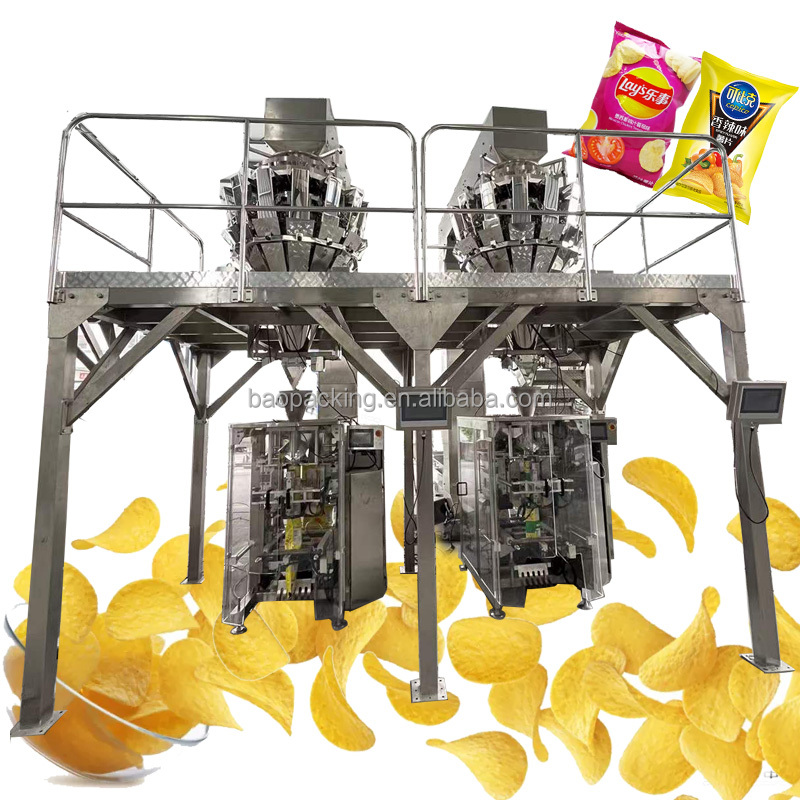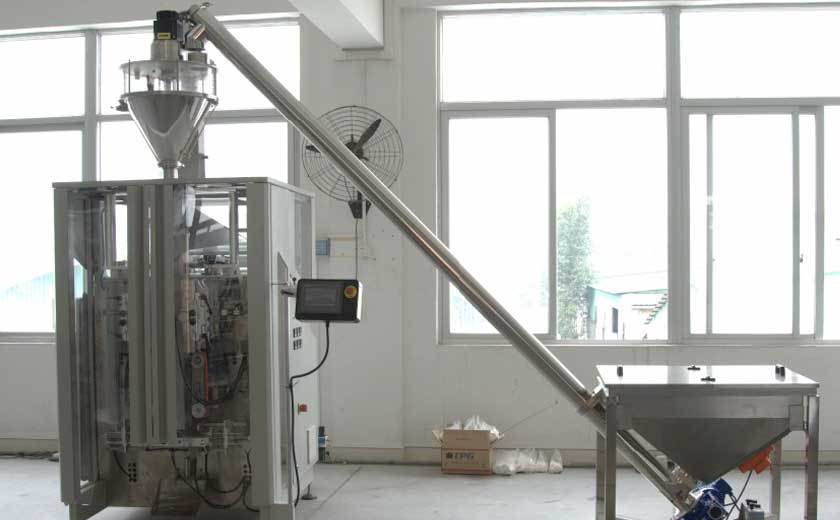How Weigh Filler Packaging Machines Ensure Accurate Filling
In the packaging industry, precision and accuracy are paramount to maintain product quality and consumer satisfaction. Weigh filler packaging machines play a crucial role in ensuring this accuracy by precisely measuring and dispensing bulk materials into containers. This article explores the various mechanisms and techniques employed by these machines to achieve optimal filling accuracy.
Weigh Cells: The Heart of Accuracy
Weigh filler packaging machines rely on weigh cells, also known as load cells, to determine the weight of the material being dispensed. These cells are placed beneath the filling hopper and measure the downward force exerted by the material. The weight signal from the weigh cells is then processed by a control system to determine the precise amount of material that has been dispensed.
Advanced Control Algorithms
The control system of a weigh filler packaging machine utilizes sophisticated algorithms to analyze the weight signal from the weigh cells. These algorithms take into account factors such as the density of the material, the filling speed, and the desired target weight. By continuously monitoring and adjusting the filling process based on real-time data, the control system ensures that the dispensed weight is consistently accurate.
Feedback Loop Optimization
Weigh filler packaging machines employ feedback loops to further enhance filling accuracy. After the initial filling cycle, the actual dispensed weight is compared to the target weight. If a discrepancy is detected, the control system adjusts the filling parameters for subsequent cycles, reducing the chances of under- or over-filling. This closed-loop system ensures that the machine learns from its mistakes and continuously improves its accuracy.
Precision Hopper Design
The design of the filling hopper also contributes to filling accuracy. The hopper should be able to maintain a consistent flow of material into the filling spout. This is achieved through careful design considerations such as the shape of the hopper, the size of the opening, and the use of flow-enhancing additives to minimize clumping and bridging.
Compensation for Environmental Factors
Weigh filler packaging machines are designed to compensate for environmental factors that can affect accuracy. Temperature fluctuations, humidity levels, and vibration can all potentially influence the weight measurement. The use of temperature-compensated weigh cells and vibration dampening measures ensures that the machine maintains its accuracy in varying conditions.
Calibration and Maintenance
Regular calibration and maintenance are essential for ensuring the ongoing accuracy of weigh filler packaging machines. Calibrating the weigh cells ensures that they provide accurate weight readings. Routine maintenance, including cleaning and inspection, helps to prevent wear and tear that could impair the machine’s performance.
Weigh filler packaging machines are critical components in the packaging industry, enabling precise and accurate filling of bulk materials. By utilizing advanced weighing technology, control algorithms, feedback loops, precision hopper design, and environmental compensation, these machines ensure that products are consistently filled to the desired weight. With regular calibration and maintenance, weigh filler packaging machines help manufacturers maintain high product quality and consumer satisfaction.
-

Overview of Packaging Machine Buying Guides
08-01-2024 -

How Does a Vertical Form Fill Seal Machine Work?
30-10-2023 -

Advancements in Auger Powder Filling Technology
27-10-2023 -

A Deep Dive into Automatic Packaging Machines
26-10-2023 -

The Revolutionary Fully Automatic Potato Chips Packaging Machine
20-09-2023 -

How to choose the right packaging machine?
23-08-2023 -

Reducing Waste And Maximizing Yield With Multihead Weigher Machines
15-03-2023 -

Nuts Packaging Machine for Dry Products Perservation
26-11-2022 -

Is Automated Biscuit Packaging Machine Better Than Manual Opeartion?
25-11-2022





